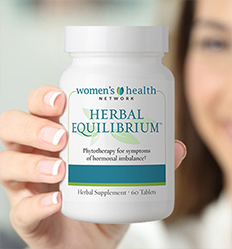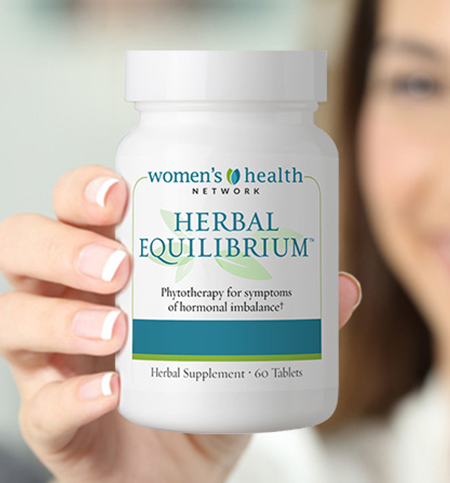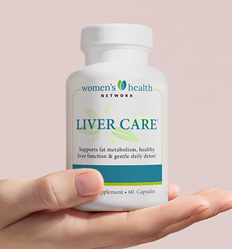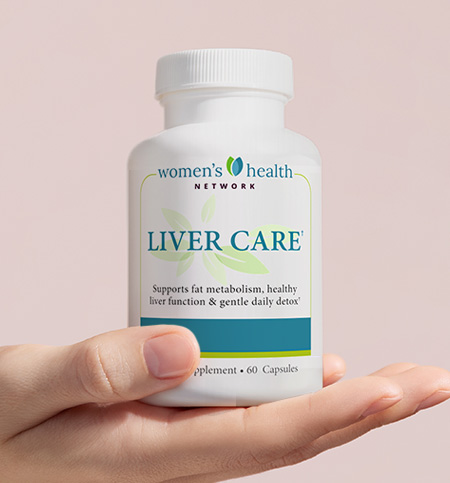Authored by Dr. Amber Hayden, DO
The links between hormonal balance, detoxification and body fat are crucially important when it comes to weight loss. Good detox capability moves out waste, poisons and toxic substances which can help your body release extra weight.
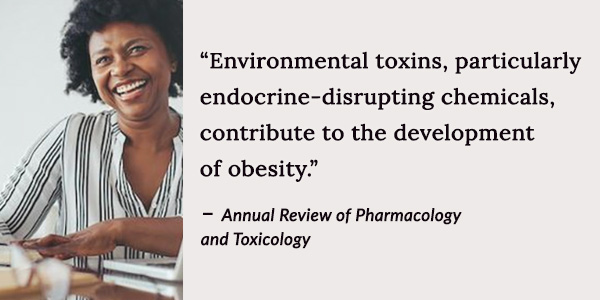
But for many women, impaired or blocked detox pathways and compromised detox capability are part of the reason why extra weight remains stuck in place. Studies have shown that having a blockage that affects the way the body removes toxins is a secondary cause of obesity.
Toxicity can lead to weight gain in women of all ages but it can be especially problematic for women who are already experiencing hormonal fluctuations in perimenopause and menopause. Here’s why: hormones act as messengers that “tell” cells and organs what to do and this includes sending important signals for your body to get rid of waste and toxins.
Hormones are produced and broken down along specific metabolic pathways in your body. When your metabolic pathways are burdened by toxins and waste material, it’s much harder for your cells to communicate effectively and that can lead to weight gain in menopause.
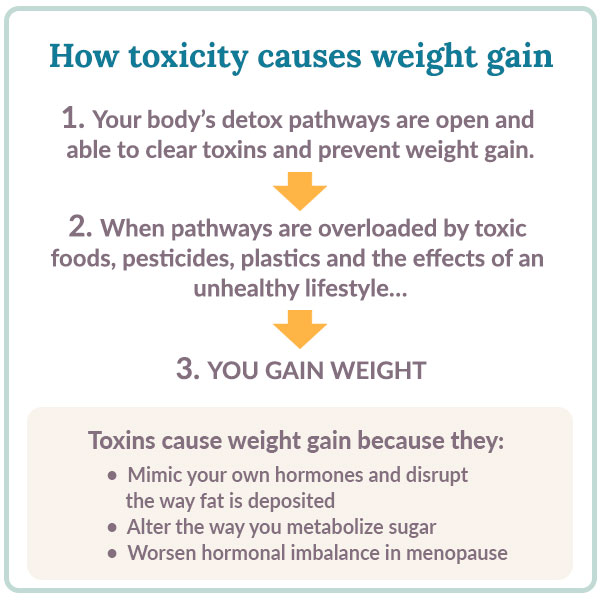
Key signs you need to detox:
- I am gaining weight, even though I’m not overeating.
- I consume caffeine and/or alcohol on a daily basis.
- I’m often constipated (two to three times a week).
- I’m very sensitive to medications; I usually only take a half dose.
- I often have a stuffy nose/congestion, and/or postnasal drip.
- I eat too much junk and candy.
- I have problem skin and/or rosacea.
- I used to tolerate caffeine and alcohol much better than I do now.
- I’m sensitive to chemical and environmental odors and perfumes; I get headaches in certain stores or offices.
5 steps to start detox-ing for weight loss
When you’re detoxifying, you’re clearing the natural pathways that manage toxins. That allows your body to release stress, keep your hormones balanced and let go of weight. Some of these steps can take a little getting used to so start by choosing just one and add more when you feel ready.
1. Clean up your diet for a week — or two. Get rid of processed and sugary foods. This is challenging but it will have swift and positive effects on your detox ability. Don’t buy items with sugar, syrup, alcohol, caffeine, artificial sweeteners or additives. While you’re at it, skip the grilled or charbroiled meats.
2. Fill your plate with detoxifying foods. Boost your body’s ability to get rid of toxins and extra weight by eating foods like alfalfa sprouts, brown rice, dark green veggies, lemon, garlic, oats, millet, root vegetables, broccoli, kale and seeds. Season with garlic and turmeric and eat organic, fresh food as often as possible. Always wash and rinse fruits and vegetables. Drink plenty of water to help move out the bad stuff.
3. Give your hormones support. For women, a hormonal imbalance is a prime factor in why the body hangs on to stubborn weight, especially belly fat. To give your hormones the fuel they need to rebalance and remove any blocks to weight loss, look for a quality natural hormone support supplement with key herbs and minerals to support balanced ratios of estrogen to progesterone with the added ability to calm stress hormones.
4. Activate the detoxing power of your lungs. When you breathe deeply, you push out toxins and your lungs get the full exchange of oxygen for carbon dioxide. Try this: take three slow, deep breaths in and out your nose. Aim for three-second inhales, hold for three seconds and exhale for three seconds. Feels good, right? Start each day with 10 of these deep, detoxifying breaths.
5. Add detoxifying supplements. Include herbs like milk thistle, kudzu, turmeric with black pepper, absorbable curcumin and dandelion to boost your natural detoxification pathways. Make sure you’re getting basic nutrition every day from a good multivitamin, and some extra calcium and magnesium. Many of these everyday nutrients are part of the detox process.
Take our Weight Loss Quiz to know if you are suffering from hormonal, adrenal or neurotransmitter imbalances that cause your body to hold on to excess weight. Get started now.
6. Subtract toxins from your home. Keep a houseplant in every room — good ones include Boston ferns, English ivy, spider plants and peace lilies. Use glass jars to store food instead of Tupperware or plastic wrap, especially when re-heating in the microwave. Use vinegar and baking soda in place of toxic cleaners and look for personal care products with simple ingredients and the fewest possible chemicals.
Detox is part of the Women’s Health Network weight loss solution
Detoxification is one of the pillars of our Weight Loss Protocol, which includes M-Boost for metabolism, our exclusive protein-packed snack shake, along with dietary and lifestyle solutions. We also have weight loss Protocols that help relieve imbalance symptoms while you’re losing weight.
Once you remove harmful toxins, you’ll clear the way for your body to naturally let go of stubborn excess weight.
References and further reading
Sargis, R., et al. 2010. Environmental endocrine disruptors promote adipogenesis in the 3T3-L1 cell line through glucocorticoid receptor activation. Obesity, 18(7), 1283-1288.
Rylander, L., et al. 2005. A cross-sectional study of to the association between persistent organochlorine pollutants and diabetes. Environmental Health, 4, 28.







